
ZERAF: The Facade Concept Behind the Revolution in Building Energy Efficiency
Miren Juaristi Gutierrez
miren.juaristigutierrez@eurac.edu

ZERAF (ZERo-carbon building enabler Adaptive opaque Facade technology) is a groundbreaking facade concept designed to drastically reduce the carbon footprint of the EU building stock. The technology transforms traditional static thermal barriers into dynamic thermal modulators, significantly enhancing energy efficiency in buildings.
How ZERAF Works
ZERAF technology can adapt the thermal behavior of opaque facades, shifting, when needed, from being highly thermal insulated facade to a thermal exchanger. It achieves this by autonomously and reversibly adapting the configuration of its three key components: the kinetic cladding, the adaptive air cavity and the Active Insulation component.
A control logic system determines the optimal position for the kinetic cladding and whether air should flow through the Active Insulation based on environmental and indoor conditions, as well as user needs for thermal comfort. This allows ZERAF to control heat transfer through the opaque parts of building envelopes, reducing heating and cooling energy demand while ensuring comfortable indoor conditions.
ZERAF’s innovative use of materials, such as bio-polyurethane and Shape Memory Alloys, simplifies the technology while enhancing its adaptive capabilities. This combination of materials and adaptive configurations makes ZERAF a standout solution in the market, poised to revolutionize energy efficiency in the construction industry.
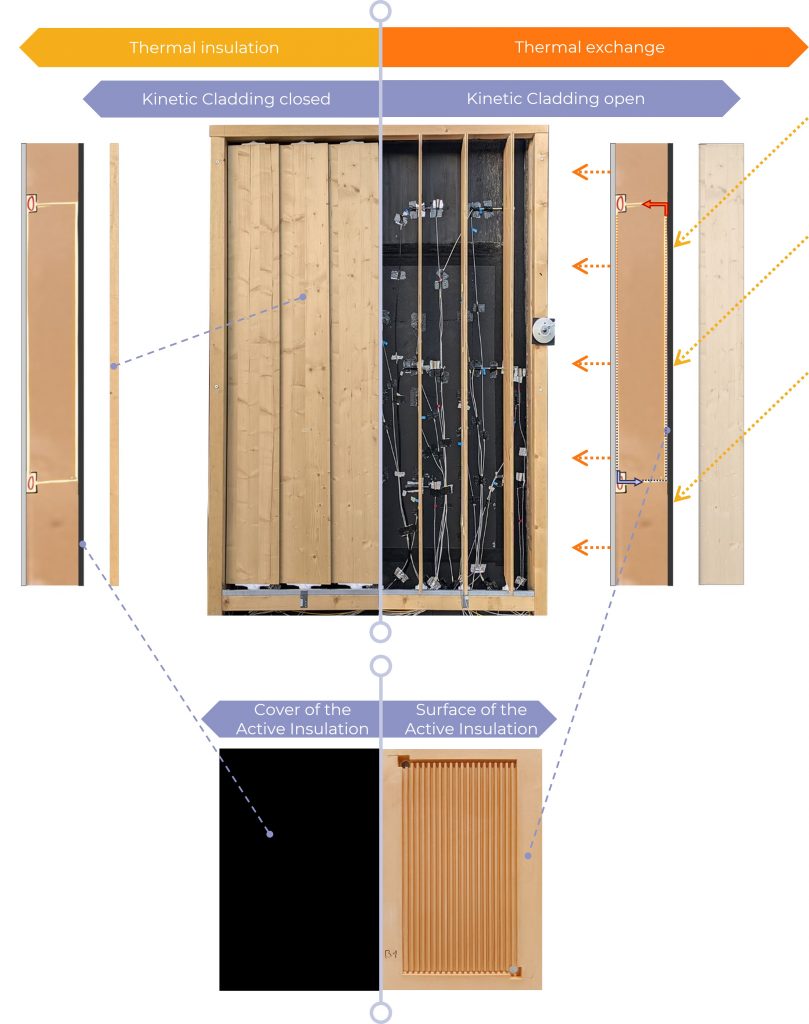
Variations of ZERAF Technology
ZERAF is a versatile solution that can be adapted to various building types and design requirements (patent pending):
Simulation models play a crucial role in identifying potential applications and markets for ZERAF technology. By validating these models with experimental tests, researchers can predict how ZERAF will perform in various building types and climates. This helps in pinpointing the most promising markets and applications for the technology, ensuring that ZERAF reaches its full potential when it hits the market. These models not only guide the development process but also provide valuable insights for architects and designers, making it easier to integrate ZERAF into their projects.
Stay tuned to discover how our research activities are progressing and how interdisciplinary research is key to the success of the ZERAF project!
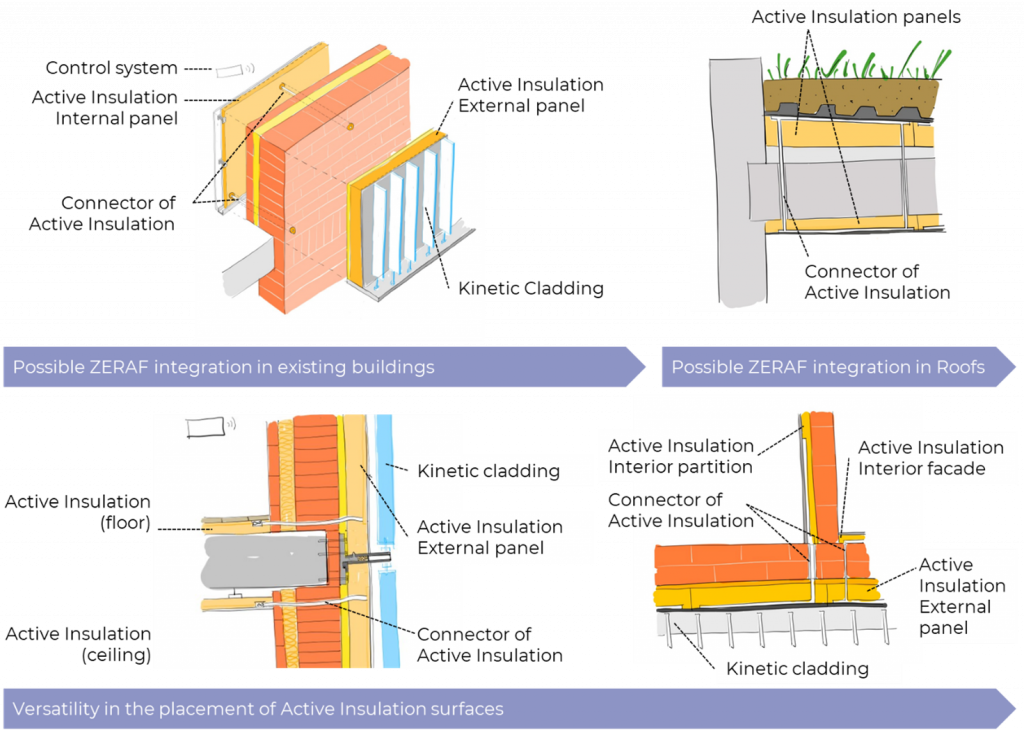

ZERAF: The Facade Concept Behind the Revolution in Building Energy Efficiency
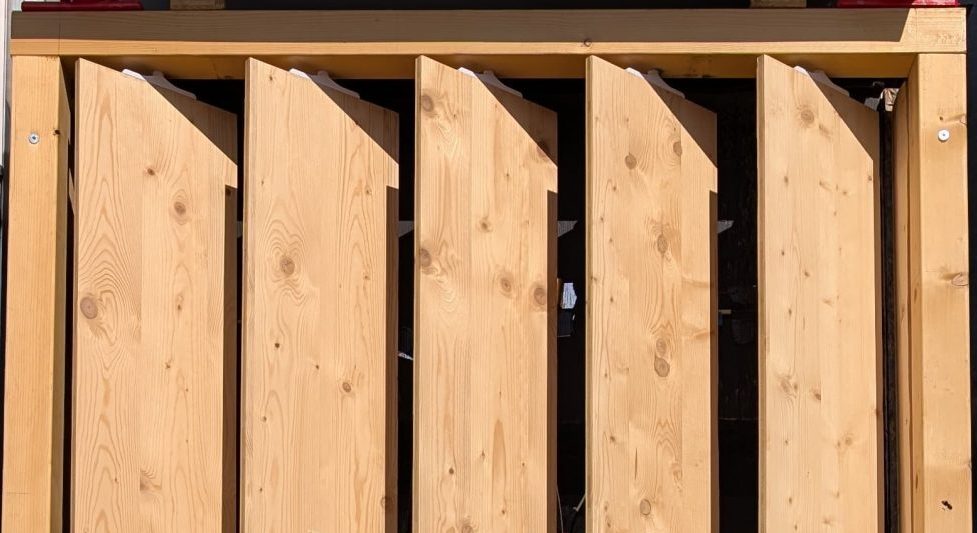
Outdoor Thermal Testing of ZERAF’s with Kinetic Cladding Variants
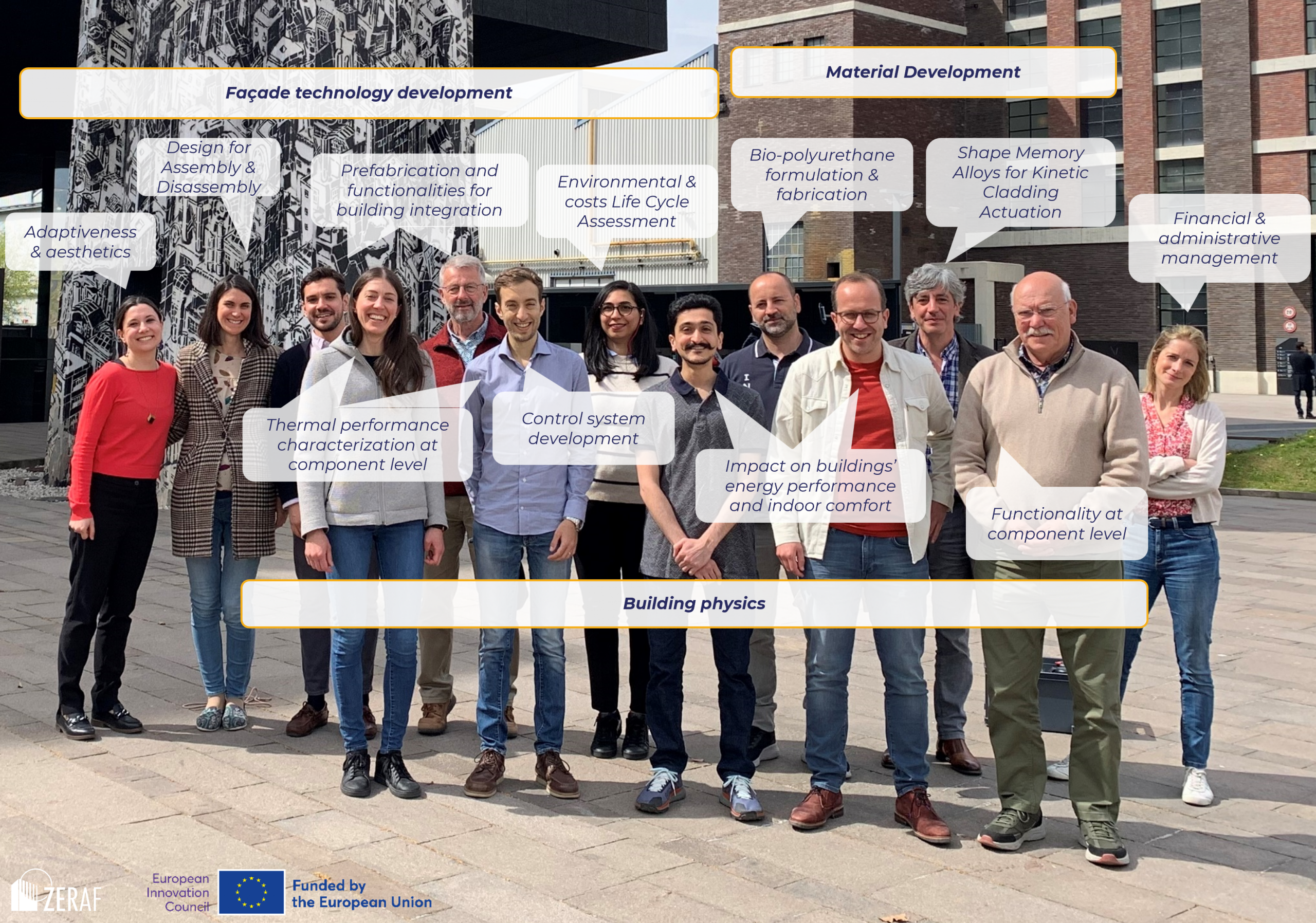
Interdisciplinary research: research activities and the role of different team members
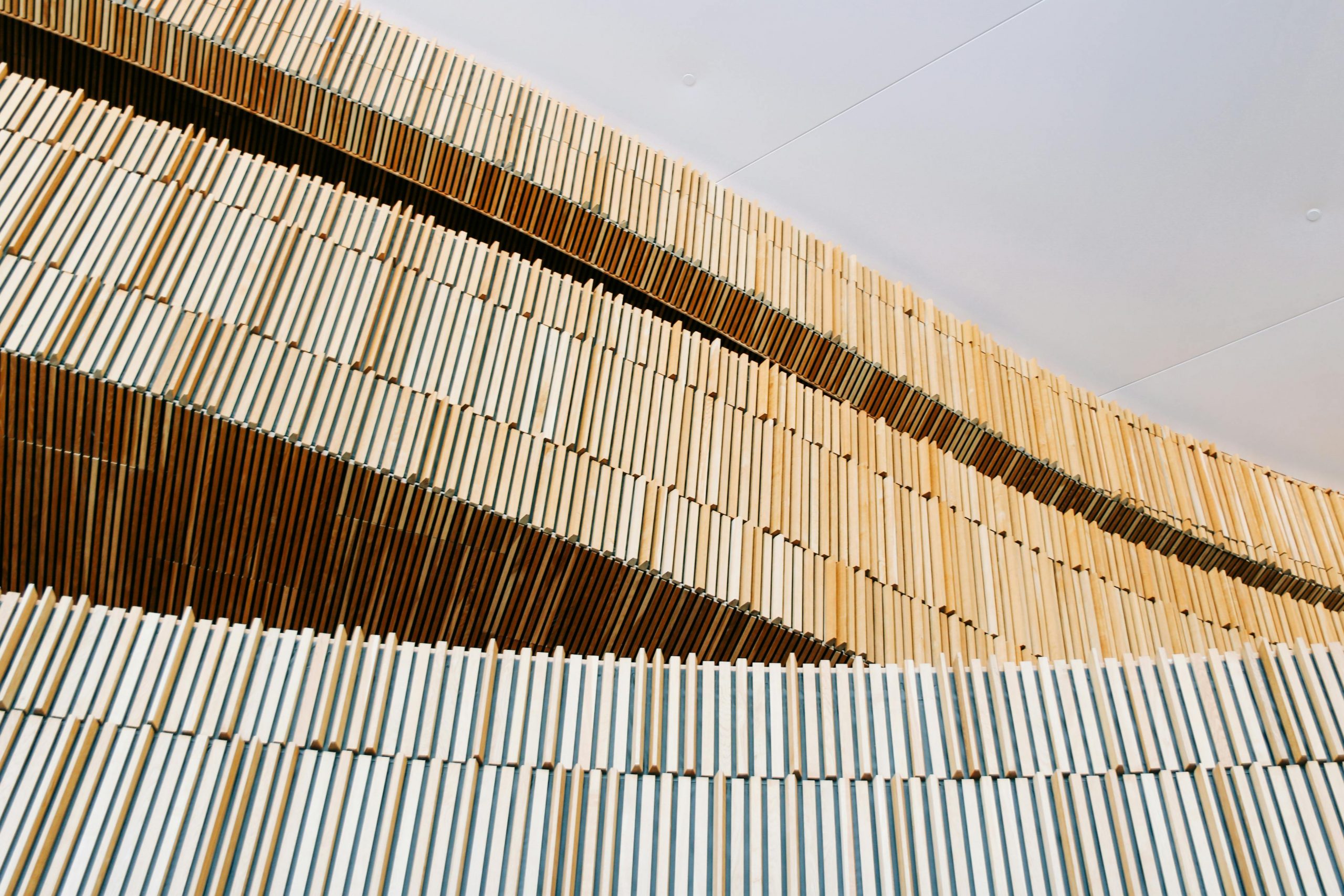
Podcast episode about adaptive facade technologies
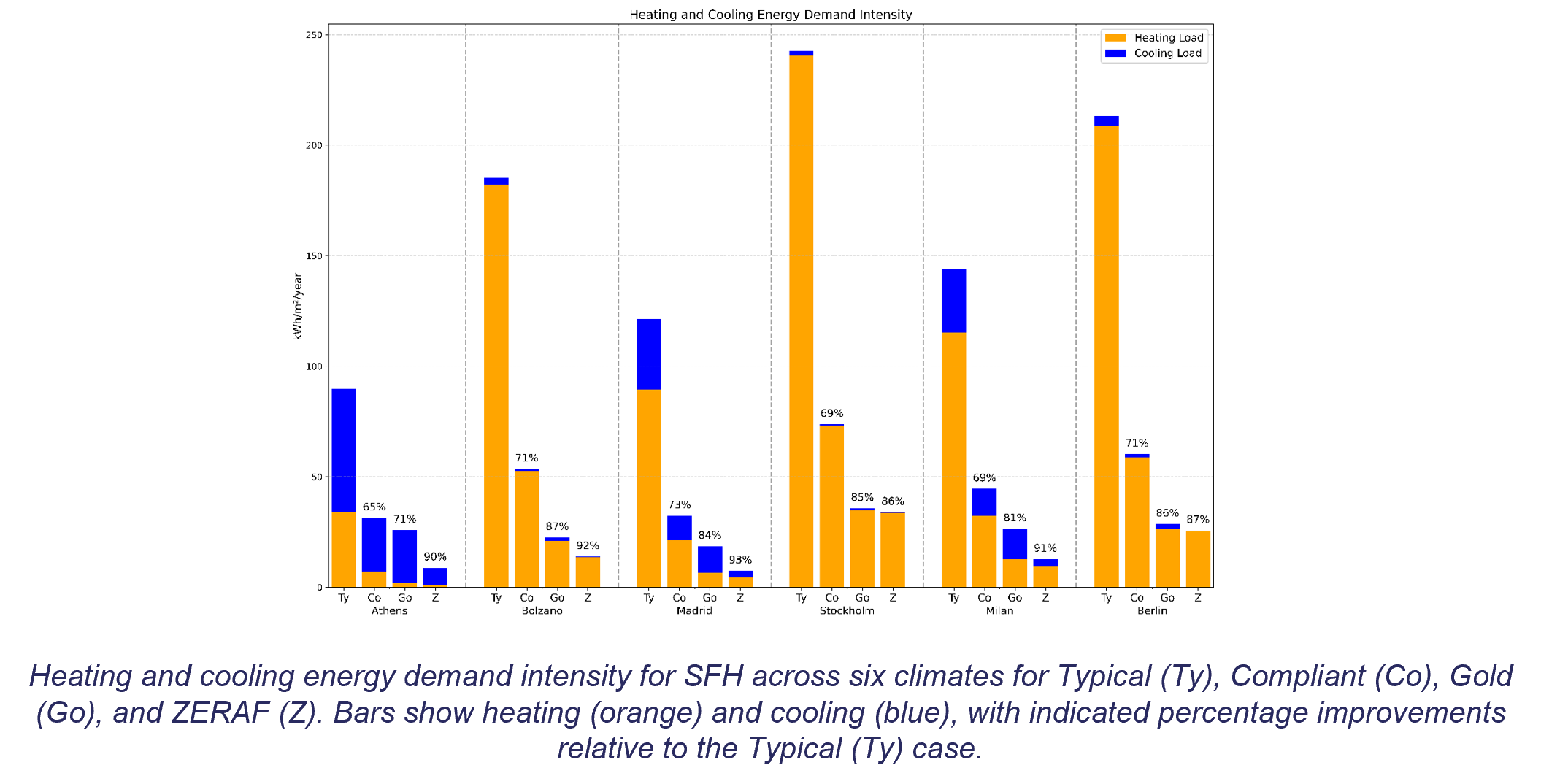
Preliminary assessment of ZERAF’s impact on operational energy use in buildings
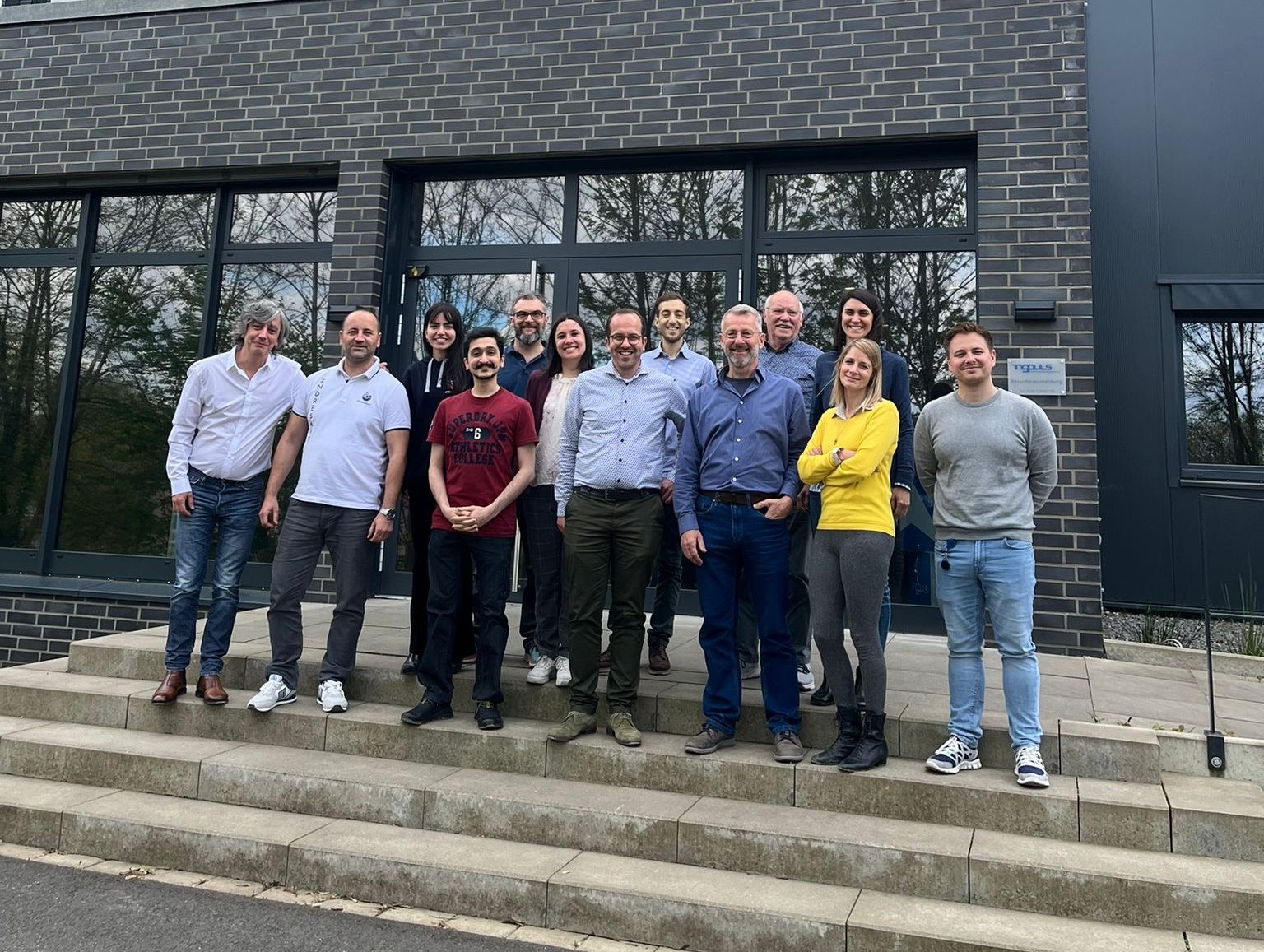
Project meeting of ZERAF at Ingpuls Smart Shadings
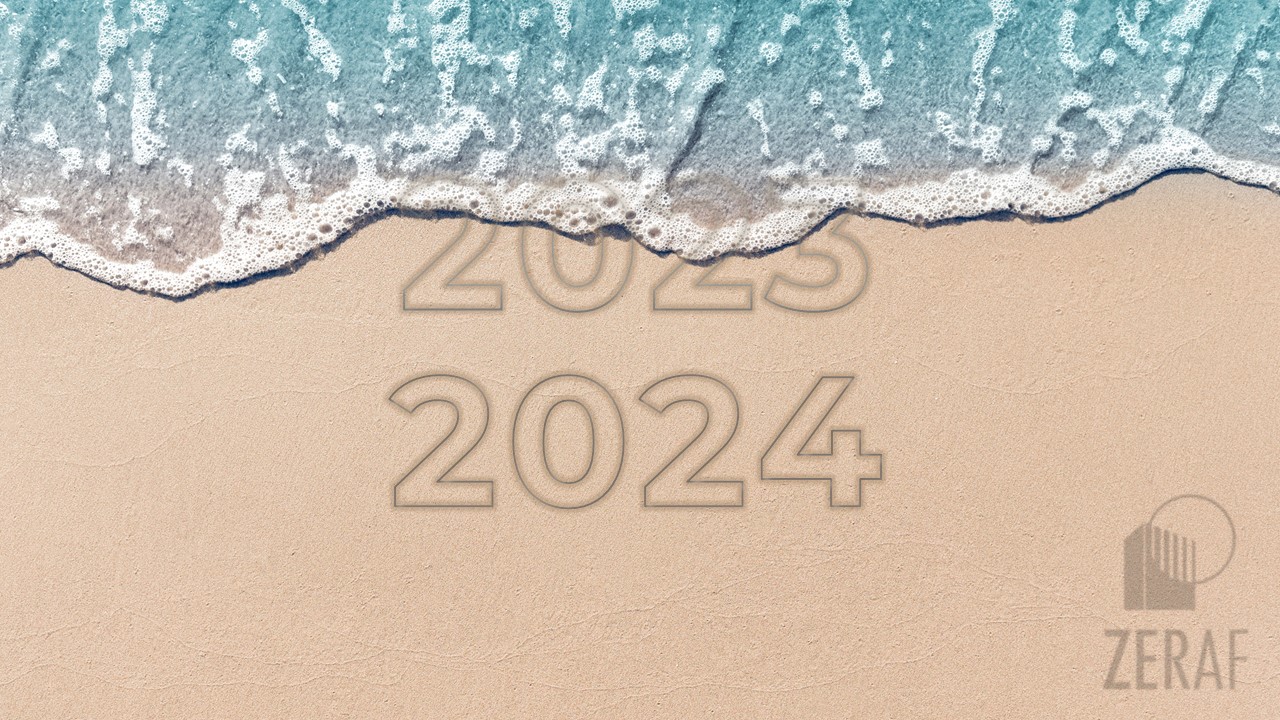
Summary & results of 2023
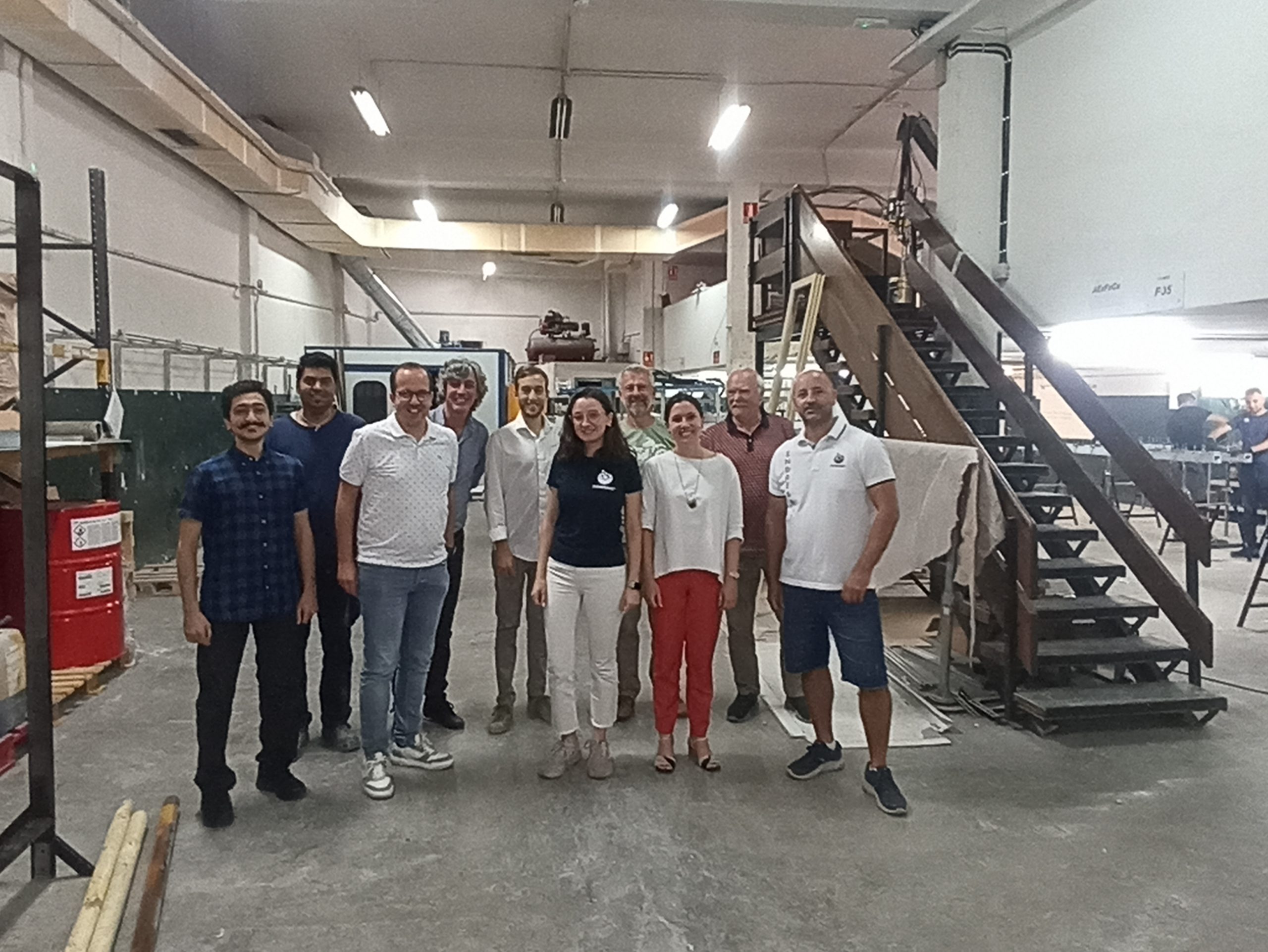
Technical meeting of ZERAF Project at INDRESMAT’s pilot plan

Enhancing Building Energy Performance with Intelligent Opaque Facades
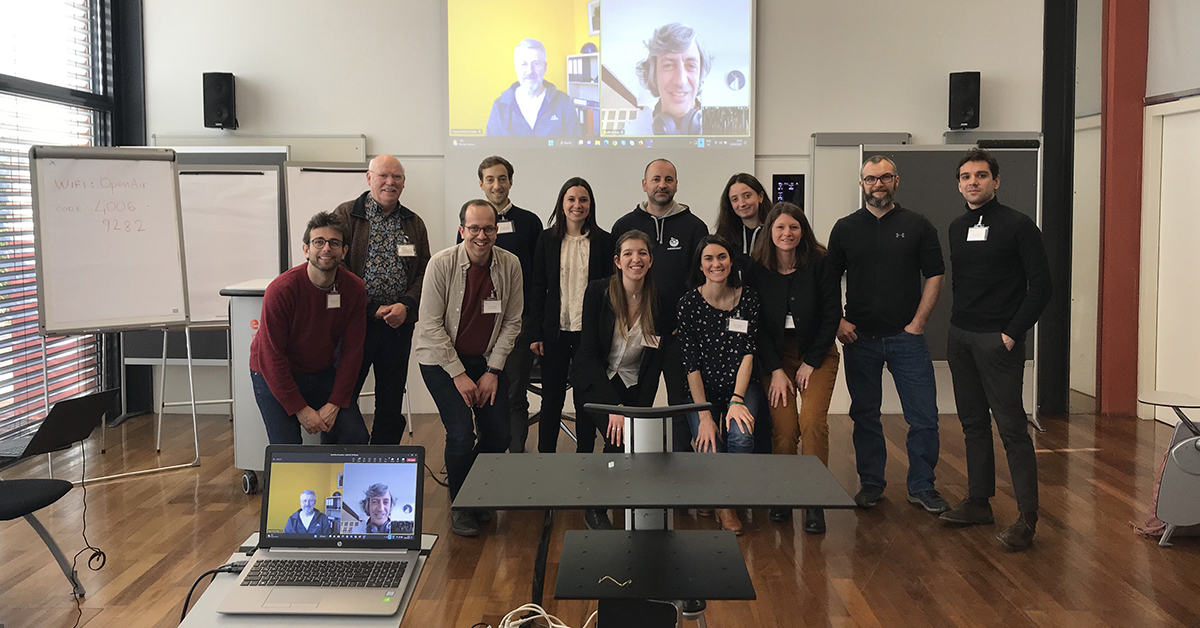
Kick-off meeting of ZERAF Project in Bolzano